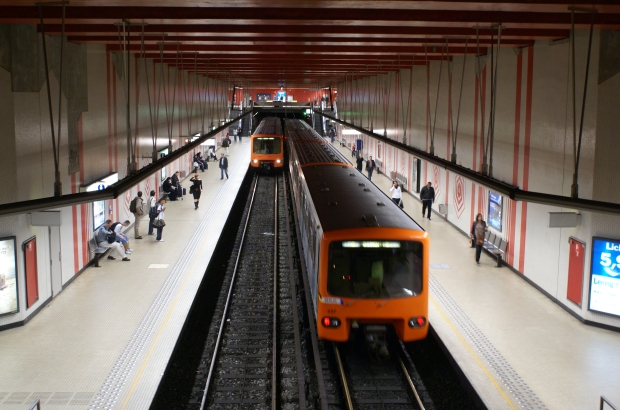- Daily & Weekly newsletters
- Buy & download The Bulletin
- Comment on our articles
Metro air quality: Brussels scores higher than Paris
Passengers on the Brussels metro network are breathing substantially cleaner air than in Paris, according to new data provided by Brussels public transport operator Stib.
Stib carried out eight-hour tests in three metro stations - Vandervelde, Ribaucourt and Gare du Midi.
Brussels mobility minister Elke Van Den Brandt (Green) said the air quality results for all compounds measured, including fine particles, benzene, toluene, ethylbenzene, xylene and carbon monoxide, were less than 10% of the legal occupational exposure limit.
The results were particularly low - 1,000 times below the legal limit set by a 2011 royal decree - for black carbon, which is to be expected as the metro runs on electricity.
In comparison, the air in Parisian metro stations is substantially more polluted than in the Brussels network. Fine particle levels in Paris metro stations were five times higher than limits set by the World Health Organisation.
Van Den Brandt said Brussels’ superior metro air quality can be explained in part because all Stib metro trains use advanced regenerative braking technologies.
As a result, less traditional braking is needed via brake pads pushed against the brake discs, which releases the fine dust that causes polluted air.
Meanwhile, in Paris, metro operator RATP is being investigated, after an investigation showed that in most of its stations, the air is more polluted underground than outside.
Basic differences between the two networks also contribute to the differing metro air quality in the two capitals. Construction of the Paris metro system began back in the 19th century – in 1898. The first metro line, from Porte Maillot to Porte de Vincennes, was inaugurated in July 1900.
Moreover, almost all the Paris RATP lines are underground. In comparison, the Brussels network is less than 50 years old - dating from 1976 - with large stretches that run overground, meaning that there is more natural ventilation.

















